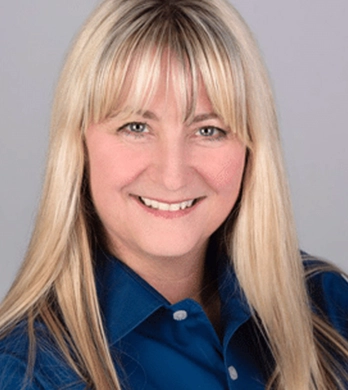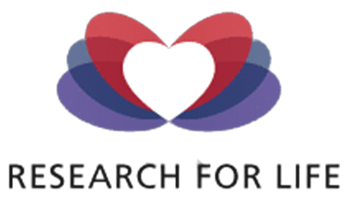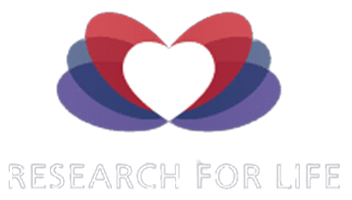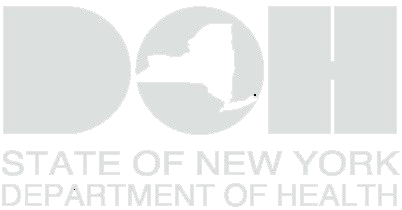
Laurie Shreves, Director of Family Services
Laurie’s passion for helping others at what is one of the most difficult times of their lives is woven throughout the path of her career. For more than 15 years Laurie worked with her husband in the funeral business. During that time, she managed the operations of four different funeral homes that served thousands of families each year. Her experience helping families deal with grief and directing business operation and personnel matters have led her to the role she fills today as Director of Family Services at Research For Life.
Laurie oversees all aspects involved with the daily operation of the entire Family Services division for both the Arizona and California Research For Life locations. She works directly with families that are experiencing grief. She also provides guidance and counsel to those families who are in the process of having to make extremely personal and difficult decisions about what to do when a death occurs. She also coordinates the return of cremated remains to families, often delivering them herself in the Phoenix area.
Laurie strives for perfection and understanding in all aspects of her daily routine and is a deeply compassionate person. Her dedication to the mission of Research For Life and deep belief that people make a difference cause her to be on call 24/7.Outside of the office, she is committed to her family, loves to travel, and enjoys experimenting with wine tasting with her husband.
Laurie is the anchor for the family and, along with her husband, opened their home to care for her elderly parents. Traveling to Mexico for vacations and trips to Legoland and the beach with her two grandchildren are always high on the list of her favorite things to do. She is a faithful friend and still makes time for annual get-togethers with friends from grade school.
Laurie was raised in Tucson, Arizona for most of her young life and lived for 12 years in Casa Grande, Arizona. She now calls Phoenix home where she enjoys spending time visiting botanical gardens and touring all things dedicated to nature in the area.



